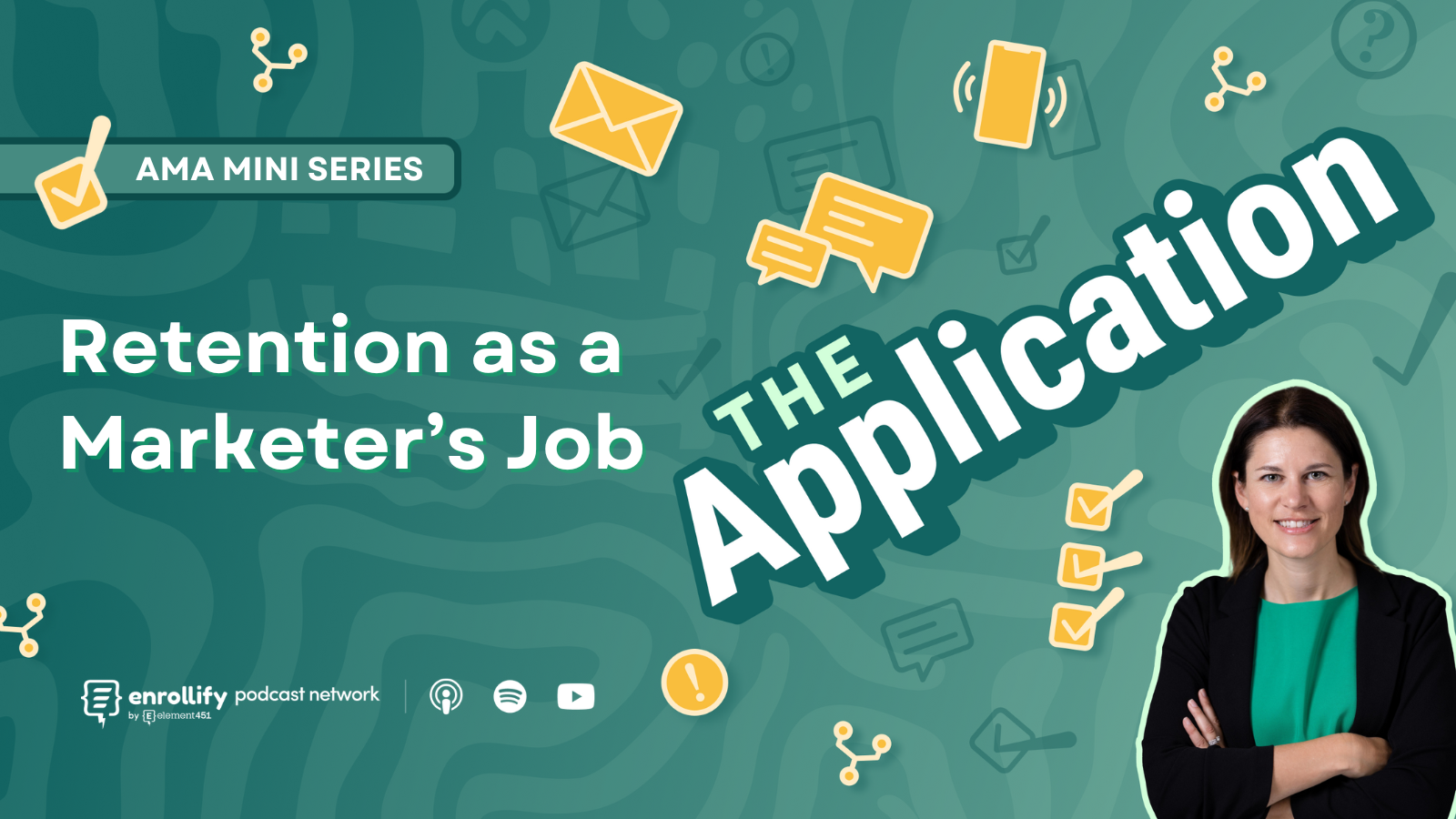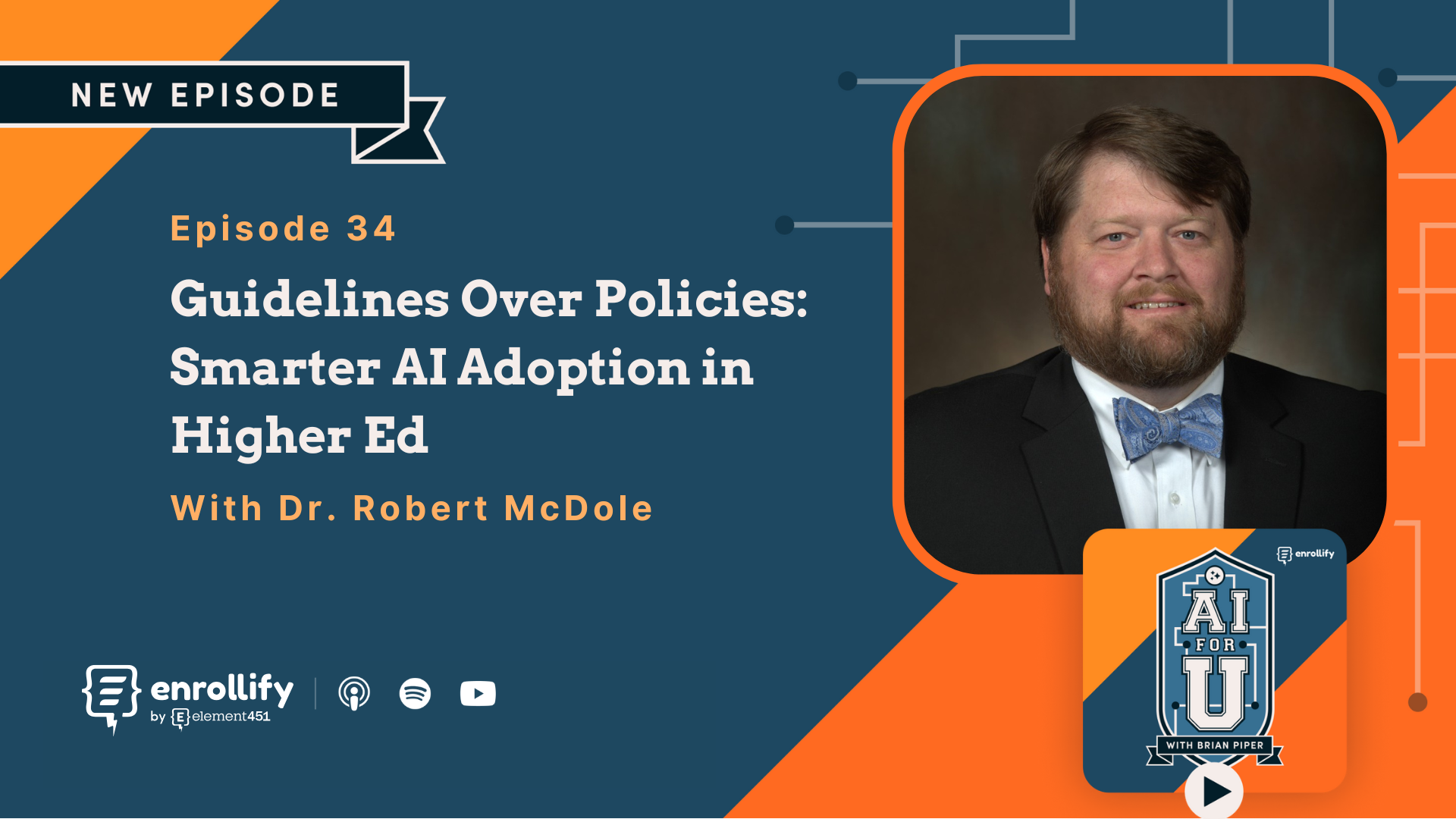About the Episode
Story drives emotion. Emotion drives action. Marcomm pros understand the power of storytelling and are using storytelling to drive change and to achieve organizational outcomes. Carefully crafted narratives can also help address reputational issues and crisis communications. In this episode, Jaime talks to Katie Angstadt, partner at CRA / Admired Leadership, about designing compelling narratives that help you achieve your goals. Takeaways from this episode include:
- Understanding what gives storytelling its power
- A formula for crafting a compelling narrative
- Ideas for working with leadership on thinking differently about communications approaches
- Why storytelling isn’t “spin”
- How to keep storytelling front and center when managing issues that could have significant reputational damage
Why Storytelling Is a Powerful Tool
Storytelling isn’t just for marketers—it’s a strategic tool that leaders can use to navigate change, inspire trust, and drive organizational outcomes. Katie Angstadt emphasizes that stories are "sense-making tools" that help audiences understand the why behind a change or decision. Without a clear narrative, institutional communications can feel like a scattershot of information—overwhelming and unclear.
Katie highlights the "curse of knowledge" that many leaders face: they’ve had weeks or months of discussions and decisions leading up to a change, so they assume their audience has the same context. Storytelling bridges that gap by painting a full picture that includes context, challenges, and outcomes.
Key Elements of a Narrative
Katie advises using a classic narrative arc to guide your storytelling:
- Protagonist and Antagonist: Define the hero (your institution) and the challenge you’re addressing.
- Rising Action and Climax: Build tension by explaining why change is necessary.
- Resolution: Offer a clear vision for how your audience will benefit and how they can be part of the journey.
Crafting Clear and Unified Narratives
The Danger of Mixed Messages
One of the biggest mistakes organizations make is mixing multiple storylines into a single communication. For example, leaders might frame an initiative as both a “transformation” and an “evolution,” creating confusion about whether the change is incremental or groundbreaking.
Katie emphasizes the importance of choosing one primary frame for your narrative. This clarity ensures that your audience understands the message and feels confident in your leadership.
Aligning Leadership Teams
For higher ed institutions with large leadership teams, consistency is critical. Katie recommends engaging leaders in conversations about the language and tone they’ll use to tell the story. It’s not about scripting their communication, but rather equipping them with tools to convey the same core message in their own voice.
When leadership isn’t aligned, it undermines credibility and creates competing narratives. Katie’s team uses workshops and iterative feedback sessions to ensure all leaders are on the same page before rolling out a narrative.
Emotional Connection: The Missing Link
Katie and Jamie agree that storytelling should evoke specific feelings in your audience, whether that’s excitement, hope, or empathy. Too often, institutional messaging focuses solely on facts, neglecting the emotional resonance that inspires people to take action.
Humanizing the Narrative
Including relatable, human-centered elements—like a student success story or an employee perspective—helps make abstract ideas tangible. For example, if you’re rolling out a new program, tell the story of a student who will benefit from it.
The Role of Tone
Katie emphasizes the importance of tone in storytelling. Leaders should ask themselves:
- How do we want people to feel after hearing this message?
- Should the tone be empathetic, inspiring, or celebratory?
Being deliberate about tone ensures that the narrative resonates emotionally as well as logically.
Using Feedback to Strengthen Your Story
Katie highlights the importance of incorporating feedback throughout the narrative development process. Whether you’re crafting a university-wide message or a department-specific communication, testing your story with a variety of stakeholders ensures it lands effectively.
Feedback Mechanisms
- Conduct message testing with diverse audiences, including faculty, staff, and students.
- Ask open-ended questions like, “How does this message make you feel?” or “What’s unclear about this story?”
- Adapt your narrative based on the feedback to ensure clarity and resonance across cultural and institutional contexts.
In higher ed, this could look like running draft messages by academic affairs, student services, or institutional advancement to ensure alignment and clarity.
Building a Culture of Feedback
Katie and Jamie discuss the importance of feedback—not just in storytelling, but as a leadership skill. Constructive feedback helps individuals and organizations grow, but many leaders struggle to give or receive it effectively.
Tips for Leaders
- Frame feedback as a tool for growth, not criticism.
- Be specific: Instead of saying “This doesn’t work,” explain why and provide actionable suggestions.
- Create a culture where feedback is normalized and valued.
Katie notes that early-career professionals often resist feedback, but learning to embrace it can accelerate growth and improve communication skills.
About Confessions of a Higher Ed CMO
Confessions of a Higher Ed CMO is sponsored by our friends at Mindpower- a full-service marketing and branding firm celebrating nearly thirty years of needle-moving, thought-provoking, research-fueled creative and strategy. Mindpower is women-founded and owned, WBENC certified, nationally recognized, and serves the social sector – higher education, healthcare, non-profits, and more. The Mindpower team is made up of strategists, storytellers, and experience creators. From market research to brand campaigns to recruitment to fundraising, the agency exists to empower clients, amplify brands, and help institutions find a strategic way forward.Learn more about Mindpower here!
Confessions of a Higher Ed CMO is a part of the Enrollify Podcast Network. If you like this podcast, chances are you’ll like other Enrollify shows too!
Our podcast network is growing by the month and we’ve got a plethora of marketing, admissions, and higher ed technology shows that are jam packed with stories, ideas, and frameworks all designed to empower you to be a better higher ed professional. Our shows feature a selection of the industry’s best as your hosts. Learn from Mickey Baines, Zach Busekrus, Jeremy Tiers, Corynn Myers, Jaime Gleason and many more.
Learn more aboutThe Enrollify Podcast Network at podcasts.enrollify.org. Our shows help higher ed marketers and admissions professionals find their next big idea — come and find yours!















